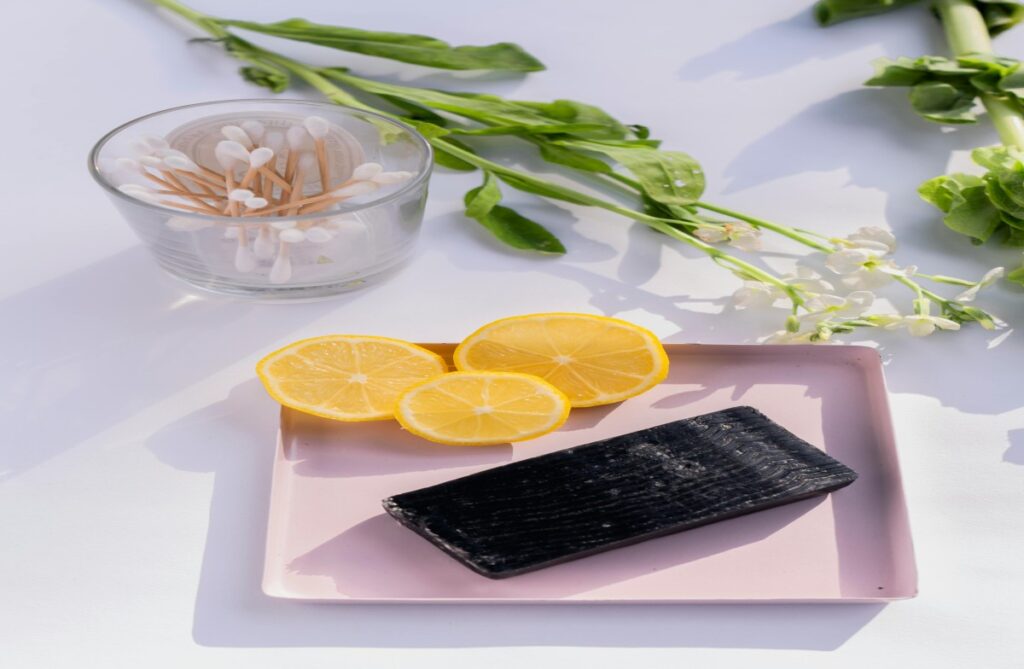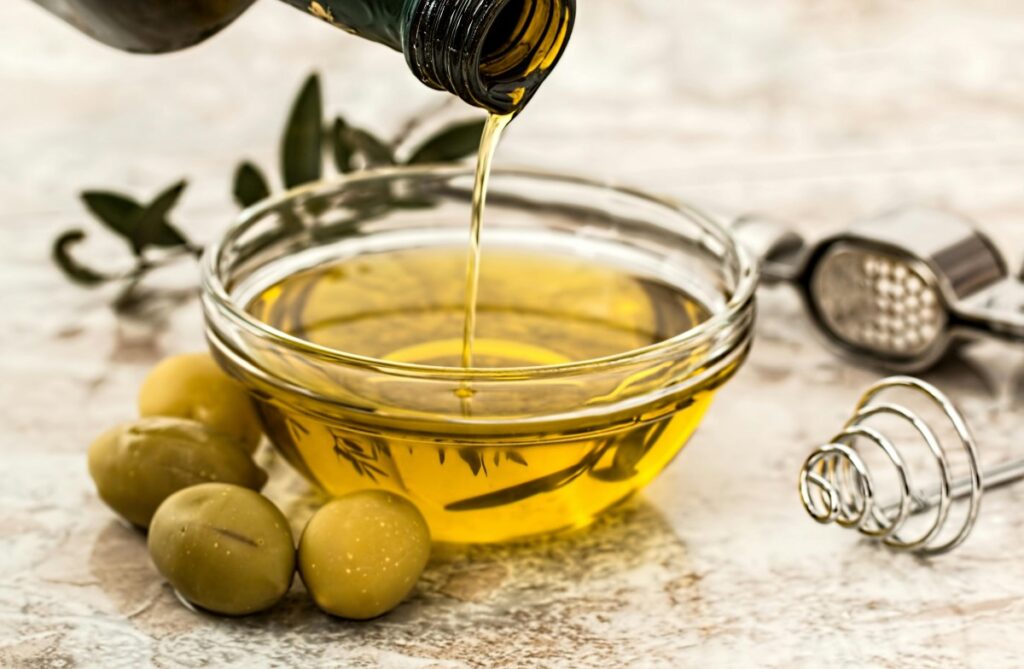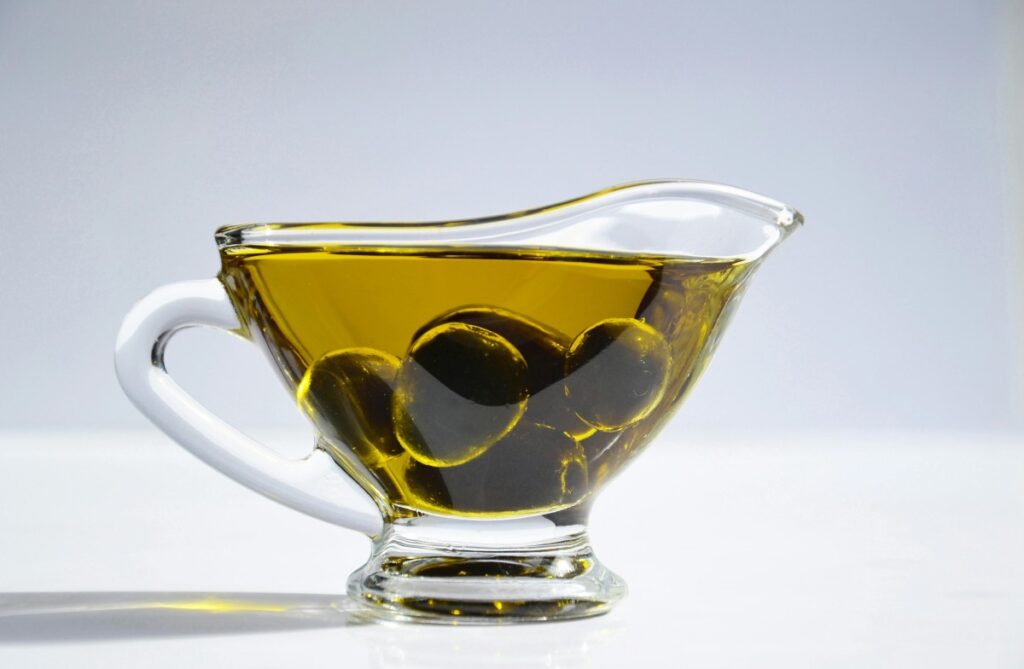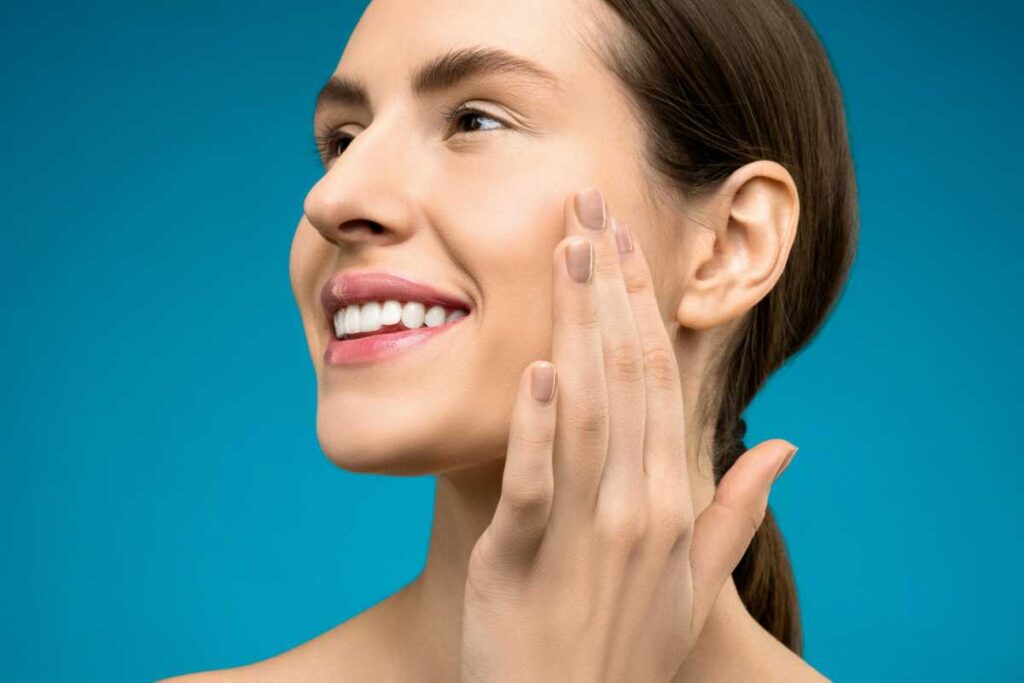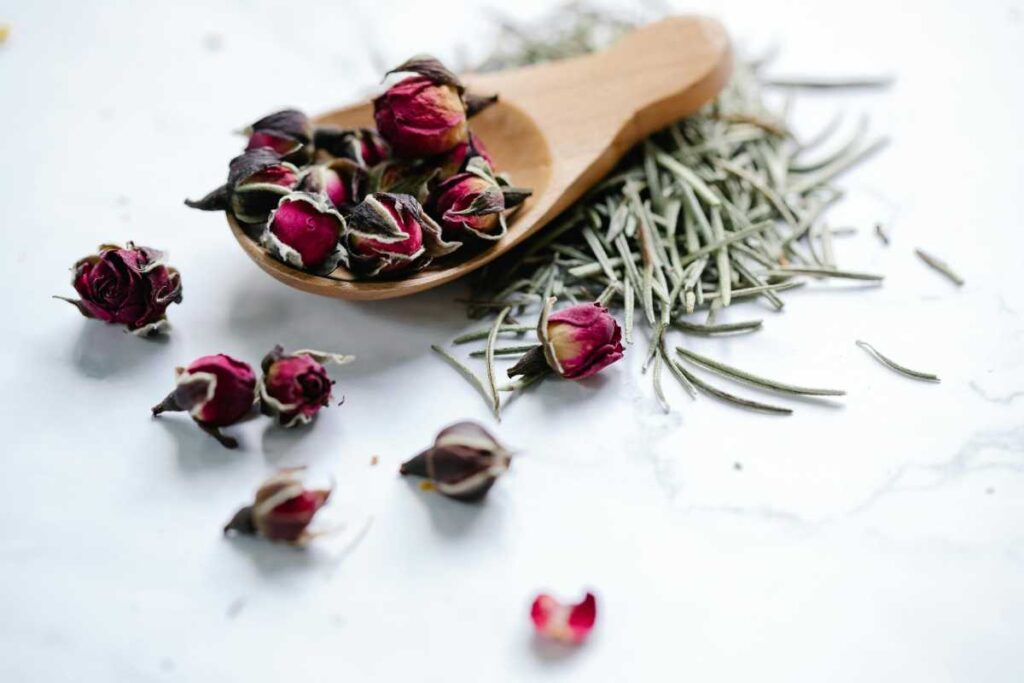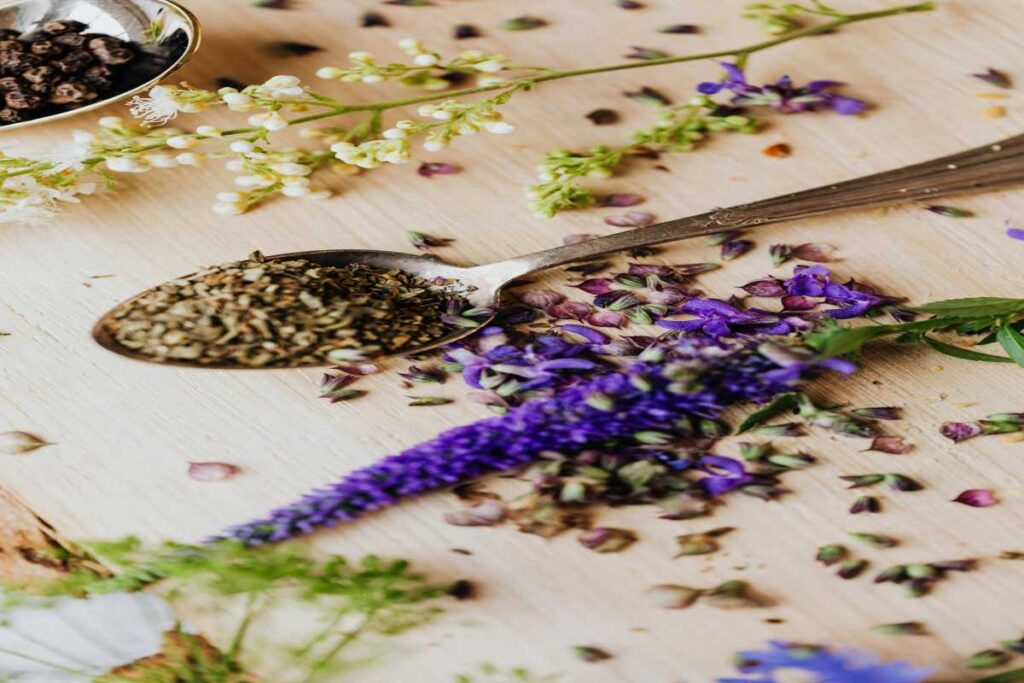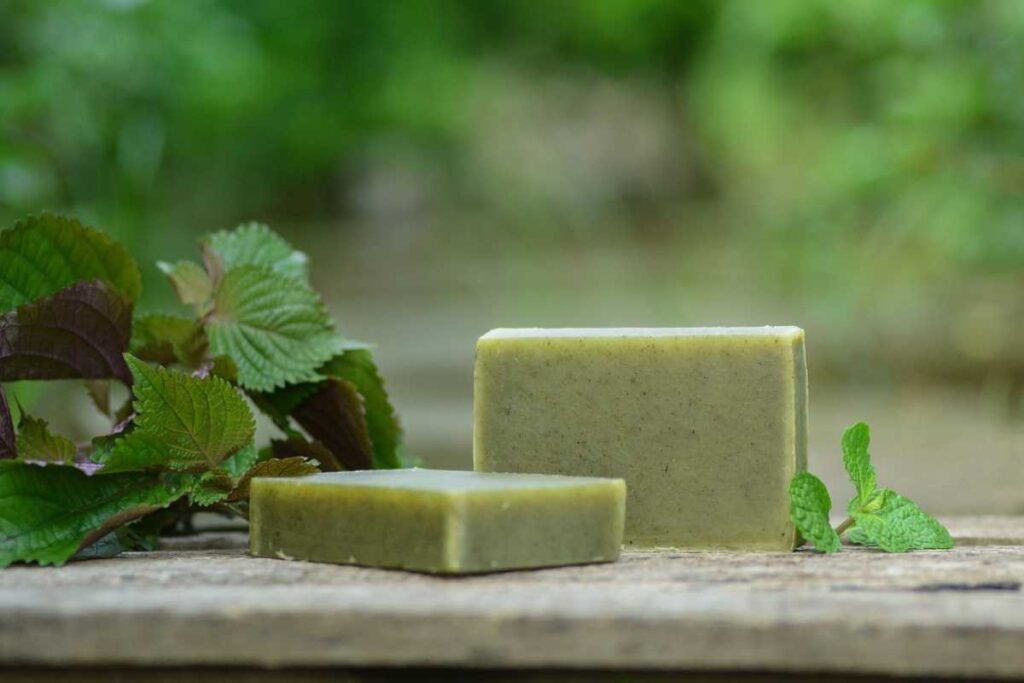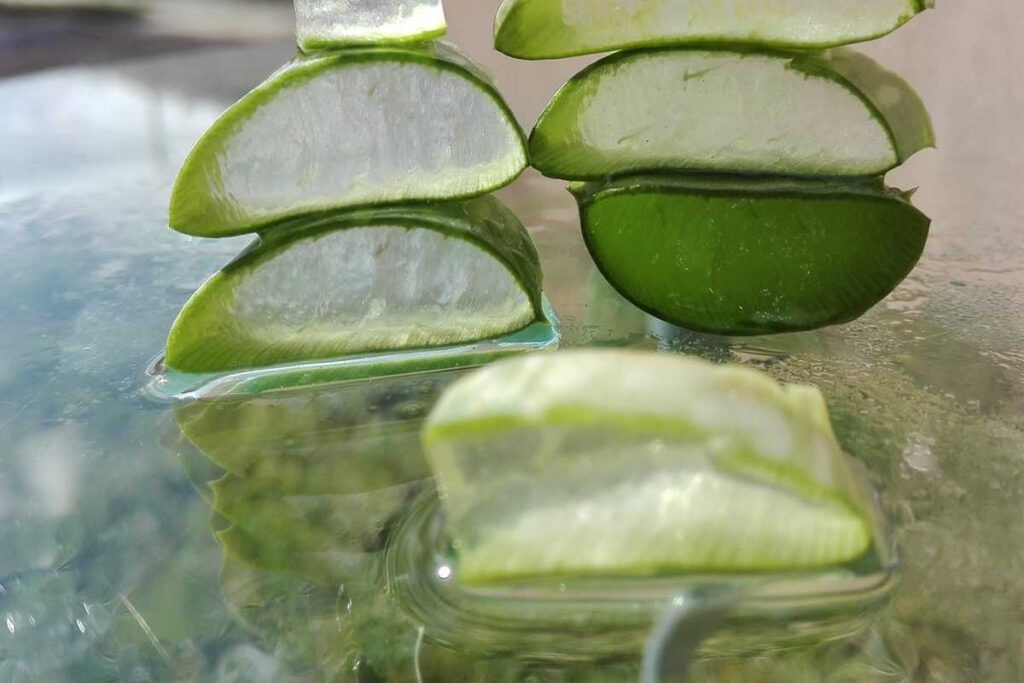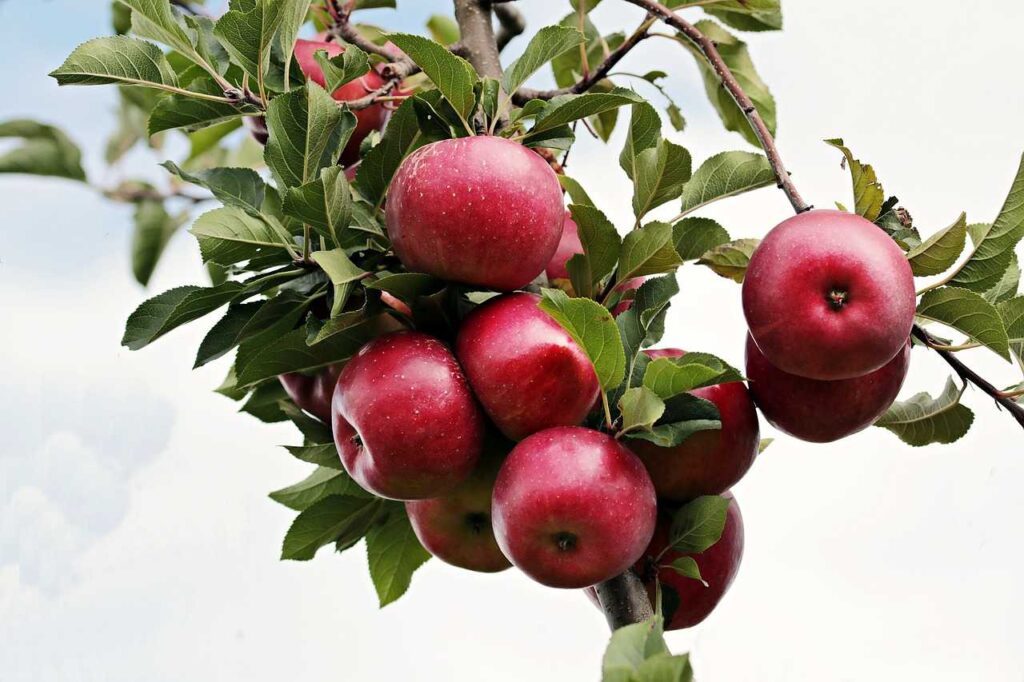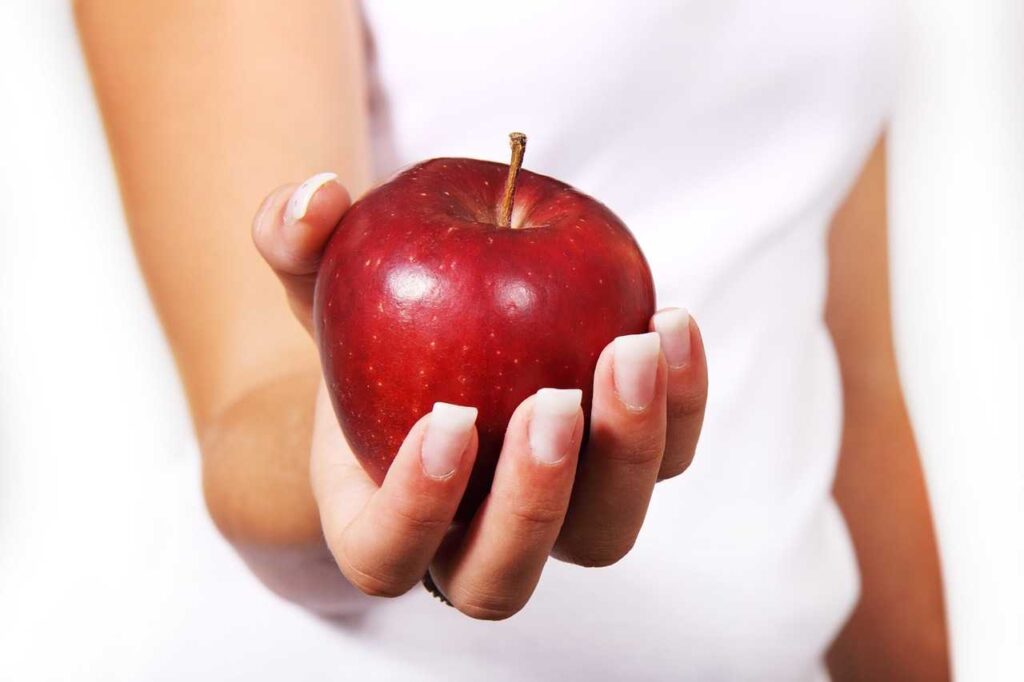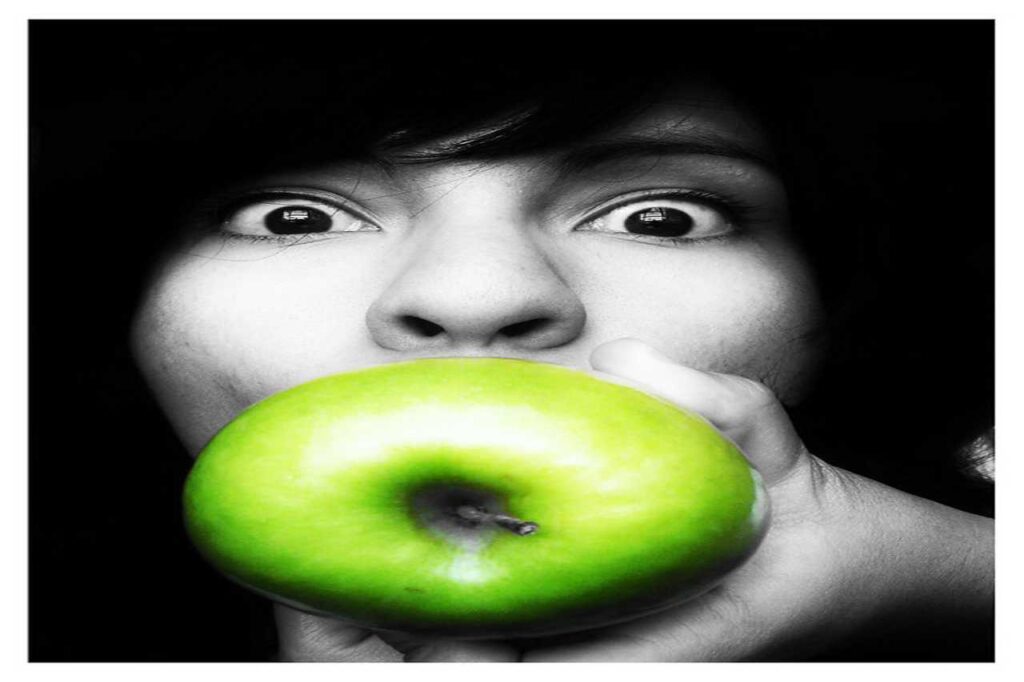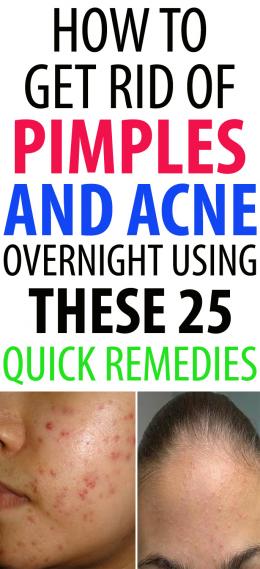In recent years, activated charcoal has made waves in the beauty industry, and one product that has gained particular attention is charcoal soap. This dark, unassuming bar may seem simple, but it offers numerous benefits for your skin. Let’s explore why charcoal soap is worth incorporating into your daily skincare regimen.
1. Deep Cleansing and Detoxification
Activated charcoal is renowned for its deep cleansing abilities. Its porous structure allows it to draw out dirt, oil, toxins, and impurities from the skin. Charcoal soap works like a magnet, binding to debris and pulling it away from the pores, leaving your skin feeling clean, fresh, and rejuvenated. This makes it especially useful for those with oily or acne-prone skin, where excess sebum and impurities can clog pores and lead to breakouts.
2. Exfoliation Without Irritation
Charcoal soap acts as a mild exfoliant, gently removing dead skin cells without causing irritation. This helps to smoothen your skin’s texture and promote a brighter complexion. Unlike harsh chemical exfoliants, charcoal soap is gentle enough for everyday use while still effectively sloughing away dead skin cells, dirt, and grime.
3. Balancing Oily Skin
One of the biggest benefits of charcoal soap is its ability to absorb excess oil. If you have oily skin or tend to get shiny throughout the day, this soap can help reduce oil buildup without stripping your skin of its natural moisture. It balances the skin’s oil production, ensuring that your skin stays hydrated but not overly greasy, which can also help minimize the appearance of pores.
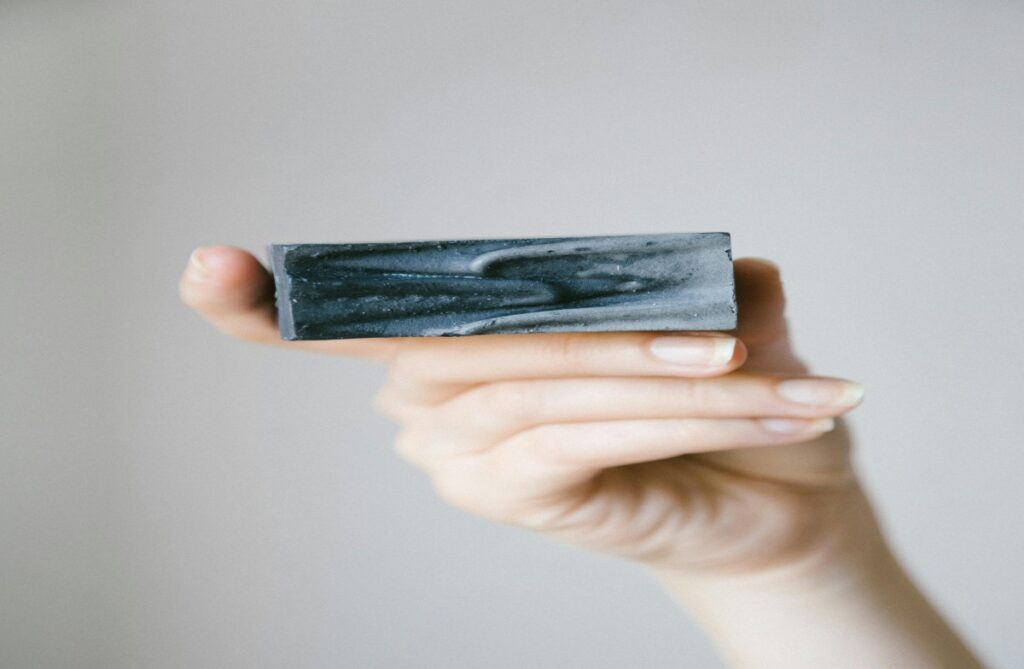
4. Acne-Fighting Properties
Because charcoal soap deeply cleanses and detoxifies the skin, it’s a powerful tool in the fight against acne. It can help prevent and reduce acne breakouts by unclogging pores, removing excess oil, and eliminating acne-causing bacteria. Additionally, its exfoliating properties help in fading acne scars over time. The soap also calms down inflammation and redness associated with acne, leaving you with clearer, more even-toned skin.
5. Suits All Skin Types
Whether you have oily, dry, combination, or sensitive skin, charcoal soap can work for you. For oily skin, it helps control sebum; for dry skin, it locks in moisture after drawing out impurities. People with sensitive skin benefit from its gentle, non-abrasive formula, as it doesn’t typically cause irritation. It’s also ideal for combination skin, as it can help balance different areas of your face, addressing oiliness and dryness simultaneously.
6. Anti-Aging Benefits
Charcoal soap not only cleanses but also promotes smoother and firmer skin by helping to reduce the appearance of wrinkles, fine lines, and sagging skin. The soap’s detoxifying and exfoliating properties encourage cell renewal, making your skin look youthful and refreshed over time.
7. Soothes Skin Conditions
Charcoal soap can also help alleviate symptoms of certain skin conditions, such as eczema and psoriasis. Its ability to calm down inflammation and reduce itching makes it a great choice for those suffering from skin irritations. Additionally, it helps to remove dead skin cells that can build up with these conditions, making the skin feel less rough and irritated.
8. Minimizes the Appearance of Pores
Large pores can make your skin look uneven and lead to more oil production and blemishes. Charcoal soap works to reduce the size of your pores by pulling out dirt and impurities that cause them to become enlarged. Regular use of charcoal soap can help you achieve a smoother, more refined complexion.
9. Removes Toxins
Our skin is exposed to toxins and pollutants every day from the environment, whether from smog, dust, or chemicals in the air. Charcoal soap acts as a detoxifying agent, removing these harmful particles and promoting healthier skin.
How to Use Charcoal Soap in Your Routine
To enjoy the full benefits of charcoal soap, simply lather it between your hands or onto a washcloth and gently apply it to your face and body. Massage the lather onto your skin in circular motions for about 30 seconds before rinsing thoroughly with water. Be sure to follow up with a moisturizer to keep your skin hydrated.
Conclusion
Charcoal soap offers a natural and effective way to cleanse, detoxify, and rejuvenate your skin. Its ability to treat acne, reduce oiliness, and minimize pores makes it a skincare essential, while its gentle exfoliation and anti-aging benefits make it suitable for all skin types. By incorporating charcoal soap into your daily routine, you’ll enjoy a clearer, smoother, and more radiant complexion in no time!

